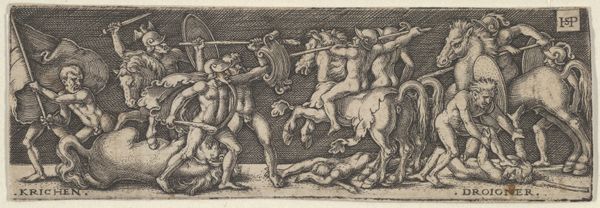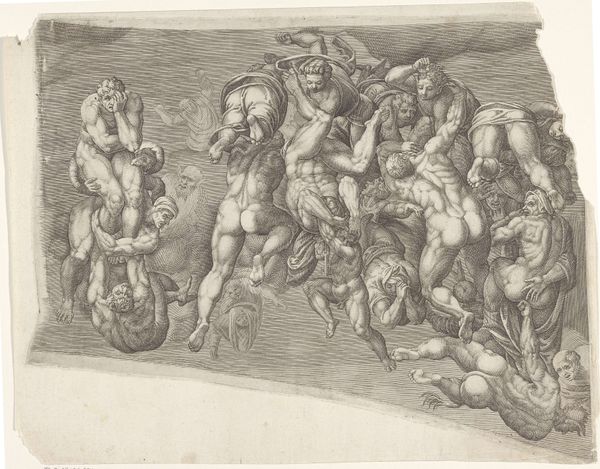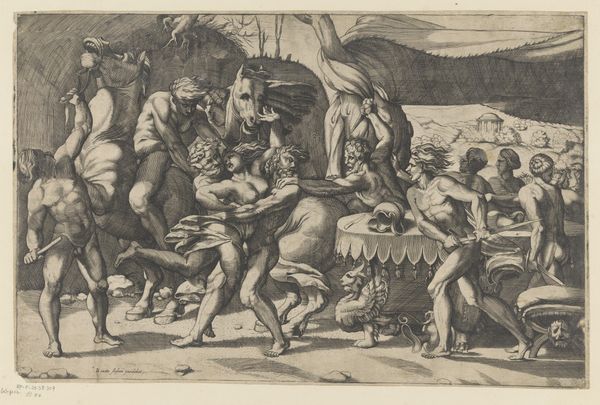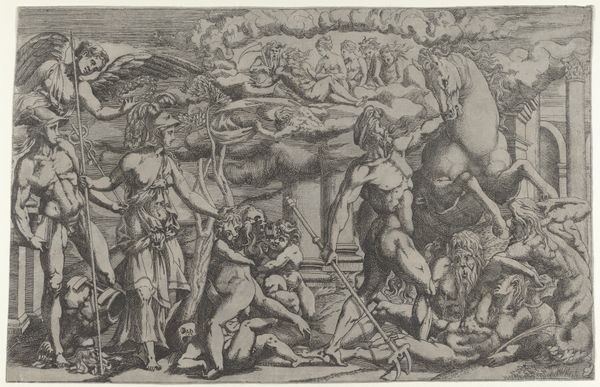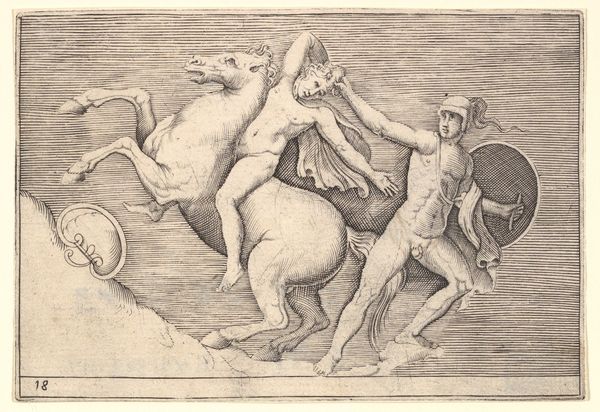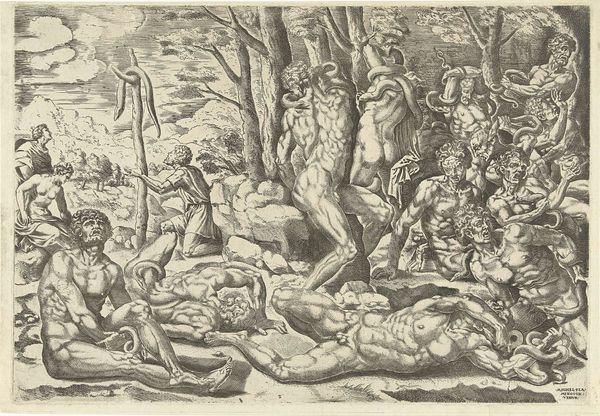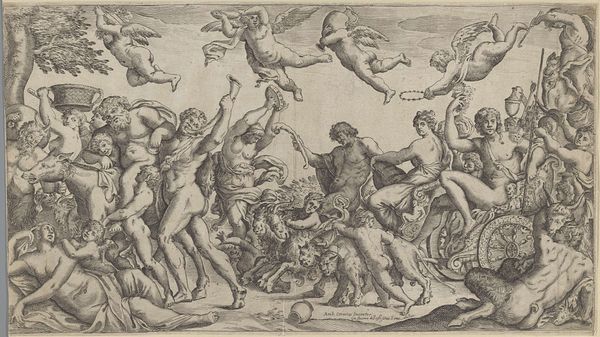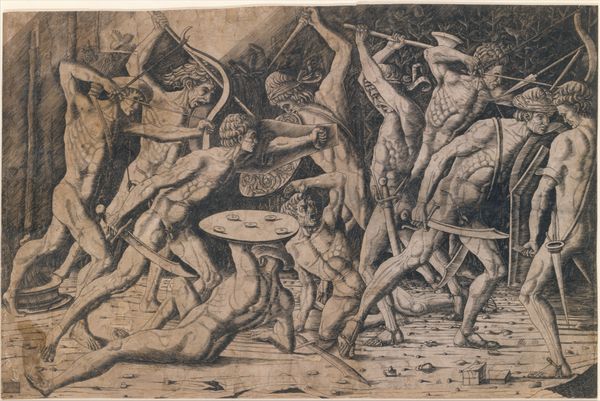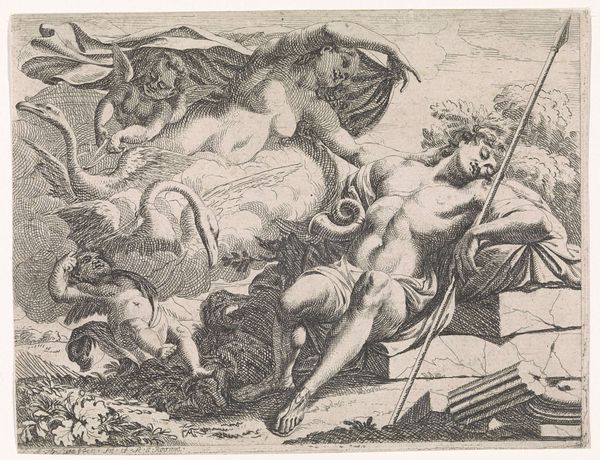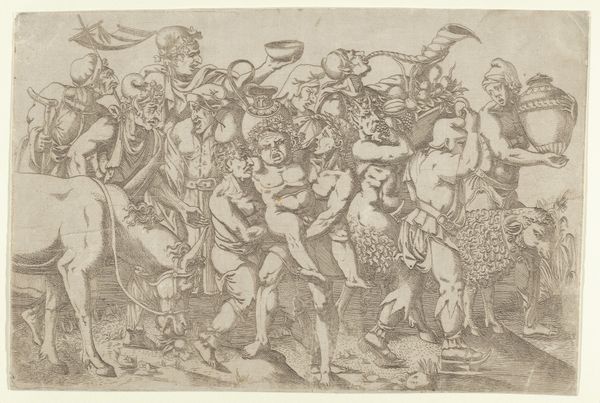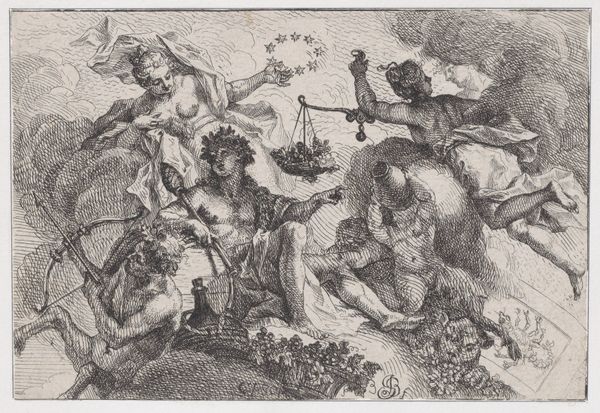
Plate VIII from Battles and Victories (Combats et Triomphes) 1540 - 1583
0:00
0:00
drawing, print, engraving
#
drawing
#
pen drawing
# print
#
mannerism
#
figuration
#
soldier
#
ancient-mediterranean
#
line
#
genre-painting
#
history-painting
#
engraving
Dimensions: Sheet: 2 5/8 × 8 11/16 in. (6.7 × 22.1 cm)
Copyright: Public Domain
Curator: Delaune's "Plate VIII from Battles and Victories," created between 1540 and 1583, currently resides here at the Metropolitan Museum. It is a dense Mannerist print. Editor: Visually overwhelming! So much is happening on the picture plane that it almost negates depth; the lines and figures appear to surge forward in a tumultuous display. Curator: Precisely! Note how Delaune employs line—not just to delineate figures, but to create texture, shadow, and a sense of movement that almost overwhelms. The engraving depicts a chaotic clash, seemingly pulled from antiquity. Consider how its creation aligns with the rise of printmaking, allowing wider access to classical themes, but filtered through a decidedly 16th-century lens. Editor: It feels almost performative, doesn't it? The exaggerated musculature and theatrical poses recall Renaissance stagecraft, and it's clear he’s playing with ideal forms, complicating notions of heroism through their writhing intensity. This must say something about the conflicts brewing during Delaune's life. Curator: Undoubtedly. Beyond formal considerations, the print’s creation came during a period of immense religious and political strife across Europe. Battles weren’t distant abstractions but constant threats, shaping cultural anxieties and thus its representations. One can almost see religious warfare reflected through classical allusion. Editor: Yes, the human form is distorted, not for accuracy, but for expressing the fervor of conflict, where clarity dissolves. Perhaps he aimed not to glorify war but show its dehumanizing effects using a symbolic artistic form. The tight line work also serves as a framing to contain chaos within defined constraints. Curator: It is indeed a testament to the period’s shifting sensibilities— a rejection of High Renaissance idealism for something more agitated and psychologically probing. Editor: Reflecting on this work, the swirling intensity, masterfully contained within linear confines, speaks to timeless themes: the paradox of control versus chaos in artistic composition. Curator: An insightful remark, I will take it as inspiration in thinking about the fusion of antiquity and the present as presented here by Etienne Delaune.
Comments
No comments
Be the first to comment and join the conversation on the ultimate creative platform.



